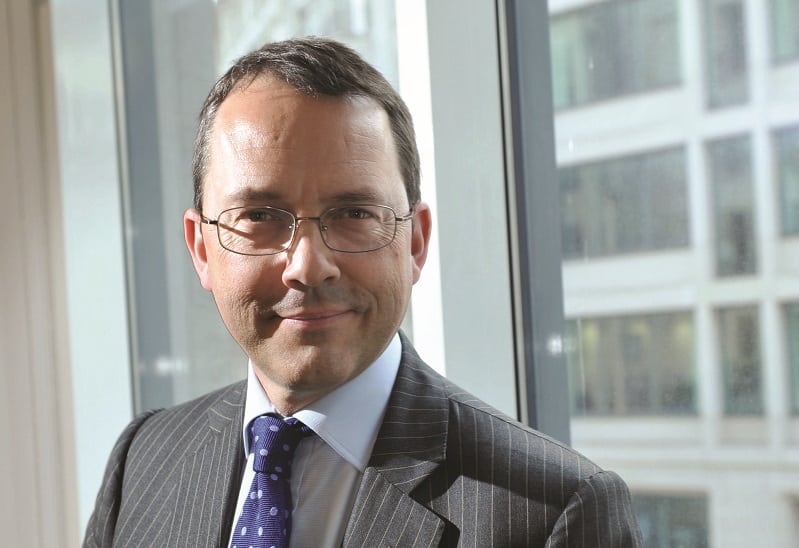Peer-to-peer lending and aircraft leasing are among the few asset classes that offer enough natural yield to meet income requirements, but push investors up the risk curve, the £114bn asset manager says in a report, Don’t chase risky income in retirement.
The RLAM global multi-asset portfolios (GMAP) range, headed by Trevor Greetham (pictured), does not offer an income fund like many rivals do. Greetham told Portfolio Adviser most investors access the range through accumulation share classes.
He said: “We think it’s a massive red herring when people focus more on getting natural income to meet their needs. It’s a bit like the tail wagging the dog.
“If you’re investing in something just because of the level of natural income it pays, the level of risk you’re taking on may be totally wrong.”
While institutional investors may have specialised reasons for buying income share classes, he did not see a reason they would be necessary for retail investors whose fund investments were their main source of income.
Exotic high yield
Prior to the global financial crisis, natural income from a diversified portfolio could reasonably be around 4.5%, Greetham said. The RLAM report shows that same portfolio today would deliver 2% natural yield.
Greetham said “exotic” high yield instruments can be riskier than they first appear.
He said: “Things like aircraft leasing, peer-to-peer lending, leasing generally, they pay a natural income, but you can’t buy something yielding 7-8% these days without there being a catch. The catch is that there is usually quite a lot of credit risk. If there’s a recession or interest rates go up a lot, you can find you’ve lost quite a lot of your capital.
“You think by having this high yielding investment you’re not touching your capital and your capital is safe, but actually your capital is at risk.”
Many multi-asset funds can have quite high exposure to alternatives, which includes riskier types of income-generating assets, Greetham said.
RLAM holds equities, bonds, property and commodities in its fettered fund of funds GMAP range, Greetham said.
“We do have some high yield bonds, but they’re being managed by part of the Royal London High Yield fund by an expert credit manager with 200 holdings. I worry more that investors or multi-asset managers themselves might be putting capital into this exotic, risky credit space without having credit expertise,” he said.
The RLAM report presumes investors will be acting within a pensions wrapper so will not be taxed, but taxes on capital gains are generally more favourable than on income, Greetham said.
The capital gains tax free allowance is currently £11,700 with a rate of 10% for basic rate taxpayers and 20% for those on the higher or additional-rate taxpayers.
Investors face taxation on dividend income above £2,000 with basic-rate taxpayers facing 7.5%, while higher-rate and additional-rate taxpayers face taxes of 32.5% and 38.1% respectively.









